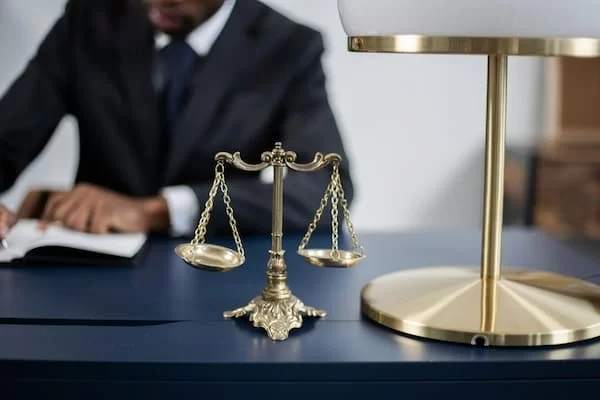
Pardons and Clemency: Legal Process Explained Clearly
- what-are-pardons-and-clemency
- who-has-the-authority-to-grant-clemency
- steps-in-the-clemency-request-process
- case-study-how-clemency-changed-a-life
- challenges-and-pushback-from-the-judiciary
- getting-help-with-clemency-applications
1. What Are Pardons and Clemency?
In the American legal system, a pardon is a form of clemency that forgives a criminal offense and can restore lost rights such as voting or firearm ownership. Clemency is a broader term encompassing pardons, sentence commutations, and reprieves. These acts serve as a form of mercy or recognition that someone has been rehabilitated, often used to correct injustices or overly harsh punishments.
Despite being legal tools of compassion, clemency and pardons remain controversial. Some see them as justice done right; others argue they circumvent the judiciary.
2. Who Has the Authority to Grant Clemency?
At the federal level, only the President of the United States can grant clemency. For state-level offenses, governors typically hold this power. In both cases, the decision is executive and cannot be appealed. While there are advisory boards, such as the U.S. Office of the Pardon Attorney, final discretion rests solely with the granting official.
This separation from judicial control makes clemency both powerful and politically sensitive—especially in election seasons when public opinion matters most.
3. Steps in the Clemency Request Process
Requesting a pardon or clemency is a formal, structured process. It usually involves:
– Filing a petition with the appropriate clemency board or the Office of the Pardon Attorney.
– Providing thorough documentation, including evidence of rehabilitation, letters of support, and legal case summaries.
– Waiting months or even years for a decision. The review is slow, given the volume and legal scrutiny involved.
Applicants must be honest, persistent, and prepared for a lengthy process. Working with a professional legal firm like ESPLawyers can ensure the petition is persuasive, complete, and in line with legal expectations.
4. Case Study: How Clemency Changed a Life
Consider the case of James Rowland, convicted in 1999 for a non-violent drug offense under mandatory minimum laws. After serving nearly two decades and becoming a model inmate—mentoring others and earning an advanced degree—he applied for clemency.
With community support and legal help, James’s petition reached the governor's desk. In 2022, clemency was granted. Today, he’s a motivational speaker, helping others avoid the mistakes he made. His story shows how clemency can offer redemption and a second chance.
5. Challenges and Pushback from the Judiciary
While clemency offers a lifeline to many, it’s not without controversy. Some judges and prosecutors argue that executive clemency undermines their rulings and sends the wrong message about accountability. In high-profile cases, public backlash can be swift and unforgiving.
But when used judiciously, clemency bridges gaps in a legal system that may not always accommodate nuance or change. Legal scholars increasingly advocate for clearer, more transparent clemency criteria to prevent perceived favoritism or abuse.
6. Getting Help with Clemency Applications
Filing for clemency is legally complex and emotionally draining. Mistakes or weak arguments can result in immediate denial. That’s why it’s crucial to consult with legal professionals who specialize in pardon and clemency law.
Firms like ESPLawyers offer clients personalized support, strategic petition drafting, and access to networks that can strengthen an application. Whether it’s for a loved one or yourself, their legal guidance could be your most powerful asset in securing justice through clemency.








